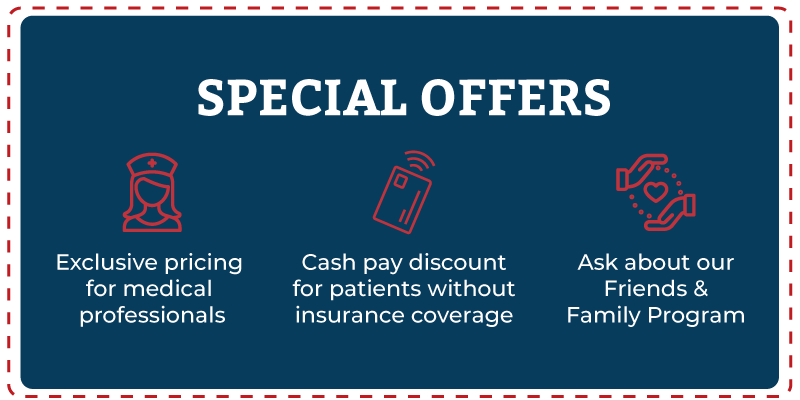
If you’re someone who avoids showing your legs and wearing shorts is just out of the question, we get it. Or if you’re someone who is tired of living with leg pain, burning and swelling, we understand.
Varicose and spider veins are a concern for millions of Americans. It is estimated that 20% of all adults will develop varicose veins at some point in their lives. And while they’re commonly a cosmetic concern, varicose veins can also be debilitating.
For this reason, Dr. Lam has created The Vein Center at Lam Vascular & Associates, a state-of-the-art facility dedicated entirely to the diagnosis and minimally invasive treatment of venous conditions. At The Vein Center, we know veins. We are your go-to for helping you fully understand your options, and with guidance from our team of specialists, choose the right varicose vein treatment for you.
Spider Veins and Varicose Veins; What’s the Difference?
Spider veins are small broken capillaries close to the surface of the skin. They are mostly cosmetic in nature and rarely cause pain. Varicose veins or CVI (Chronic Venous Insufficiency), on the other hand, can cause leg swelling and pain, are larger (usually more than a quarter-inch in diameter), situated deeper under the skin and often bulge outward. They can be related to more serious vein disorders.
More than a cosmetic concern, varicose veins should not be covered up and ignored. Left untreated, they can cause significant discomfort, including pain, burning and swelling. They also pose significant risks to your health.
Varicose Veins: Causes, Symptoms and Who is at Risk
Your veins have one-way valves to properly regulate blood flow back to the heart and lungs. When those valves are faulty, blood may leak backward and begin to collect or “pool” in the veins, causing varicose veins. Over time, varicose veins can lead to chronic venous insufficiency (CVI), a more serious condition, where it becomes increasingly harder for the leg veins to pump blood back to the heart.
Symptoms of varicose veins include:
- Visible large veins just under the skin’s surface
- Swelling in the lower legs or ankles
- Heavy or tired feeling in the legs
- Leg cramping, pain, achy or itchy sensation
- Changes in skin color and texture
- Sores, ulcers or open wounds developing
Anyone can develop varicose veins, but certain people are more at risk, including women, those over the age of 60, those who are medically obese, anyone who stands or sits for long periods of time and those with a family history of varicose veins. Trauma to the leg can also cause varicose veins.
Varicose veins are diagnosed during a physical exam at The Vein Center. Your doctor will take a medical history, examine your legs and ask you to describe the pain and other symptoms. Additional noninvasive testing may be ordered, such as a venous doppler ultrasound, which can evaluate blood flow in the veins and identify whether there are blood clots and blockages.

Advanced Varicose Vein Treatment
At The Vein Center at Lam Vascular & Associates, we use advanced diagnostic testing and the very latest, proven methods for treating varicose veins. Our state-of-the-art center is completely dedicated to your vein health.
Advances in technology have allowed for several minimally invasive treatments that enjoy excellent success rates and outcomes while offering you the comfort, confidentiality and convenience of an outpatient experience. Depending on the severity of your condition, we may recommend one of the following in-office procedures.
Endovenous Laser Ablation Therapy (EVLT)
The EVLT procedure is performed most often on veins that are relatively straight and untwisted. Using ultrasound to see, your Lam Vascular surgeon guides a catheter through the affected vein. A laser at the end of the catheter heats the walls of the vein, which closes it. This causes blood to stop flowing through the vein. As your body recovers after the procedure, circulation improves since blood is not flowing through a faulty vein, and the problem vein shrinks and fades.
Sclerotherapy
Sclerotherapy is often the treatment of choice for small varicose veins. It involves injecting a solution directly into the vein, causing the vein to collapse and forcing blood to reroute through healthier veins. The collapsed vein is reabsorbed into local tissue and eventually fades. After sclerotherapy, treated veins tend to fade within a few weeks to a month or more. In some instances, additional treatments may be needed.
Step out of the shadows and schedule your appointment at The Vein Center at Lam Vascular & Associates today.

